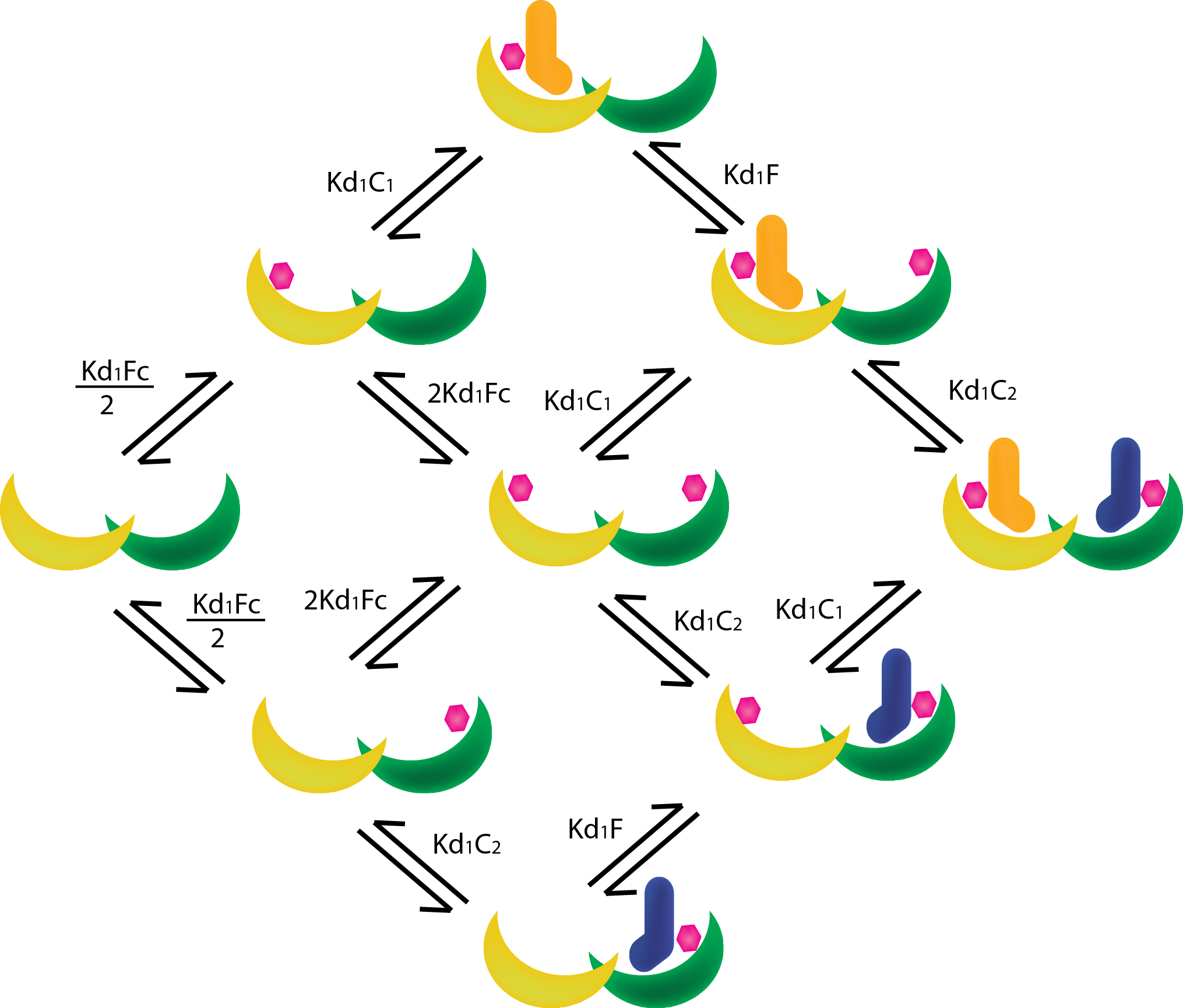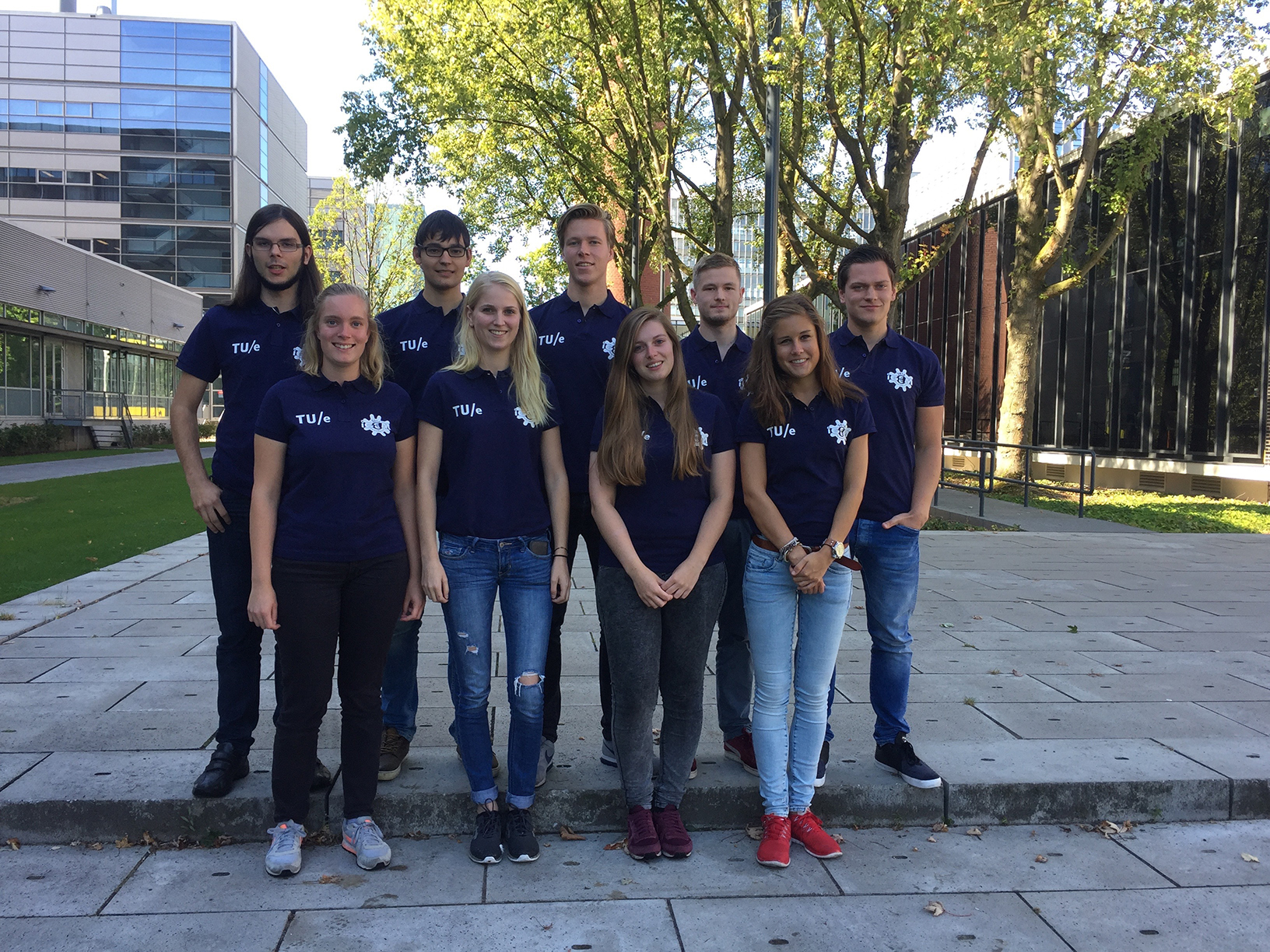ReneVerhoef (Talk | contribs) |
ReneVerhoef (Talk | contribs) |
||
| Line 124: | Line 124: | ||
<div class="Slide_Row"> | <div class="Slide_Row"> | ||
<div class="Column_50"> | <div class="Column_50"> | ||
| + | <a href="https://static.igem.org/mediawiki/2016/6/6e/TUE_HP_frontpage.png" rel="lightbox"> | ||
<img id="Slideshow_Image_4" src="https://static.igem.org/mediawiki/2016/6/6e/TUE_HP_frontpage.png"> | <img id="Slideshow_Image_4" src="https://static.igem.org/mediawiki/2016/6/6e/TUE_HP_frontpage.png"> | ||
</div> | </div> | ||
Revision as of 11:48, 14 October 2016

-
Read more
The Universal Scaffold

In the emerging field of synthetic biology, many new innovations arise. To use them as efficient and safe as possible, regulation is key. Therefore, iGEM TU Eindhoven is developing new kinds of scaffold proteins, based on 14-3-3 proteins.
These scaffold proteins have a wide range of applications in nature and utilizing this feature they are used to regulate systems in synthetic biology.
-
Read more
The Team
The iGEM 2016 team of the Eindhoven University of Technology consists of 9 enthusiastic undergraduates of both Biomedical Engineering and Medical Sciences and Technology. Our members work very hard both inside and outside the lab, and have a great time working on our project and learn a lot thanks to iGEM.
-
Read more
The Model

In order to create our heterodimeric scaffold it is essential to find suitable mutations to create a mutated T14-3-3/CT52 pair that is orthogonal to the wildtype. To find these mutations, The Rosetta software and a self-written protocol was used to determine the yet unknown properties of our newly designed pairs, a model based on Mass-Action and Michaelis-Menten kinetics was developed.
-
Read more
Human Practices
-
Read more
The Results

The data we acquired in the lab was fit to our model in order to determine the desired properties, showing us how useful our newly designed scaffold is. (WIP).








